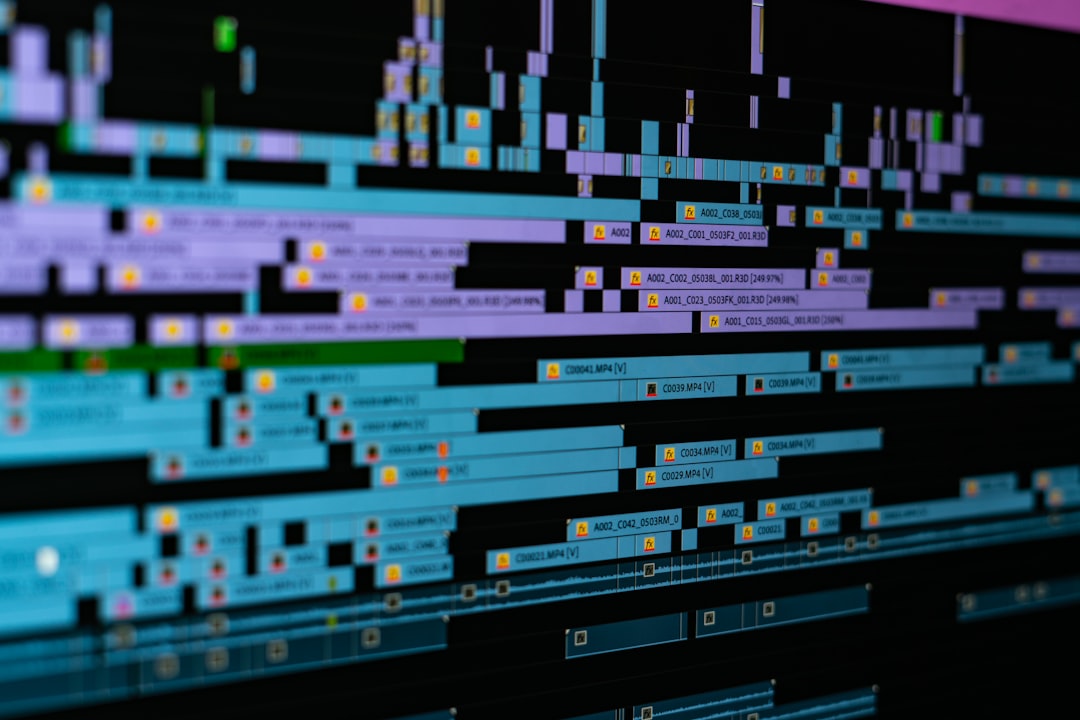Every day, you create data. When you send a text, like a photo, shop online, or even watch a video — you’re adding to a mountain of digital information. But did you ever wonder how companies use all that data? That’s where data mining comes in. It’s a powerful way to discover useful patterns in data. And don’t worry — it’s not as complicated as it sounds!
What Is Data Mining?
Imagine you’re digging for treasure. Only, instead of gold, you’re searching through tons of data to find hidden gems — like insights, trends, or patterns. That’s exactly what data mining is.
Data mining is the process of analyzing large sets of data to find useful information. This helps businesses make smarter decisions.
It’s like being a detective. You start with a lot of clues (data), you filter out the noise, and then — boom! — you discover something valuable.
Why Is Data Mining Important?
You may not notice it, but data mining affects your life all the time. Here’s how:
- It helps Netflix suggest the best shows just for you.
- It lets online stores recommend products you might love.
- It helps banks detect fraud in real time.
- It powers navigation apps to give you the fastest route.
In short, data mining helps create smarter tech and better services.
How Does It Work?
You might be thinking, “Okay, but how do they actually mine data?” Great question!
There are a few basic steps:
- Collect Data: First, gather a lot of data — like customer purchases, emails, search history, or social media posts.
- Prepare Data: Clean the data. This means removing errors or missing info.
- Analyze It: Use software and algorithms to find patterns.
- Interpret Results: Make sense of the findings to solve problems or improve decisions.

Cool Real-Life Examples of Data Mining
1. Netflix Recommendations
Ever wonder how Netflix knows just what to suggest? That’s data mining in action.
They track what you watch, pause, or skip. They compare it with data from millions of people. Then, they recommend shows you’re likely to love.
2. Online Shopping
Amazon uses your purchase history, items you’ve viewed, and what others have bought to show you new products.
This helps them increase sales and keeps customers happy.
3. Fraud Detection
Banks keep an eye on your spending habits. If suddenly someone uses your card in another country or for a large purchase out of the blue — red flag!
Algorithms detect this as “unusual behavior” and can block the transaction to protect your money. Thanks, data mining!
4. Healthcare Predictions
Doctors and researchers use data mining to predict disease outbreaks, discover new treatments, or even help diagnose illnesses early.
It’s saving lives by spotting critical patterns in health data.

5. Social Media Trends
Have you noticed how hashtags trend or how you keep seeing similar posts?
Platforms like Twitter and Instagram mine data to see what’s popular and tailor your feed. It even helps marketers figure out what ads to show you!
Tech Behind the Magic
Okay, but what tools do they use?
There are lots of technologies involved in data mining. But beginners don’t need to worry about every detail. Here are a few key tools and techniques:
- Decision Trees: Like a flow chart — helps make choices based on certain questions.
- Clustering: Groups similar items together. Great for finding types of customers or behavior.
- Classification: Assigns items to groups — like spam vs. not spam emails.
- Neural Networks: Inspired by how the brain works. Very powerful, but also complex!
These tools do the heavy lifting. They let computers find patterns that a human might miss.
Benefits of Data Mining
Data mining isn’t only for big corporations. It’s helping in every area of life.
- Better Decisions: Schools can use it to spot struggling students early on.
- Faster Diagnosis: Doctors can find patterns to treat patients quicker.
- More Personalization: Apps can serve you exactly what you want.
- Higher Profits: Businesses can cut waste and improve what customers really want.
It’s like having a smart assistant that never sleeps!
What About Privacy?
Ah yes — the big question. If companies are collecting all this data, is your private info safe?
It depends. Responsible companies follow privacy laws and protect your information. But not everyone plays fair. That’s why laws like GDPR (in Europe) exist — to give you more control over your data.
Always read privacy policies. Use strong passwords. And think before you share personal info online.
Is Data Mining the Same as Machine Learning?
Not quite, but they are related! Here’s the difference:
- Data Mining: Finds patterns in existing data.
- Machine Learning: Uses those patterns to make predictions and improve over time.
Think of data mining as the detective work. Machine learning is more like a robot student that learns from the clues and gets smarter with practice.
Can You Try It Yourself?
Yes! You don’t need to be a tech wizard to get started.
Here are some beginner-friendly tools:
- Excel: You can sort, filter, and even create simple charts.
- Google Sheets + Add-ons: Use tools like Google Data Studio for visual dashboards!
- Orange: A drag-and-drop tool that lets you play with data.
- Weka: Great for beginners interested in machine learning and data mining both.
Start small. Try analyzing your monthly expenses. What patterns do you see? That’s data mining!
What’s Next for Data Mining?
As technology grows, so will data mining. We’ll see it used more in:
- Self-driving cars – Understanding traffic and pedestrian patterns.
- Virtual assistants – Learning your habits better.
- Smart cities – Managing electricity, trash, and water more efficiently.
It’s like upgrading the world to version 2.0!
Final Thoughts
Data mining might sound like techy magic, but it’s really just smart pattern-finding. And while it might run behind the scenes, its impact is huge.
From binge-watching shows to saving lives, data mining makes our lives better — one piece of information at a time.
So the next time Spotify knows your vibe or your GPS avoids traffic, remember: that’s data mining, doing its job.


